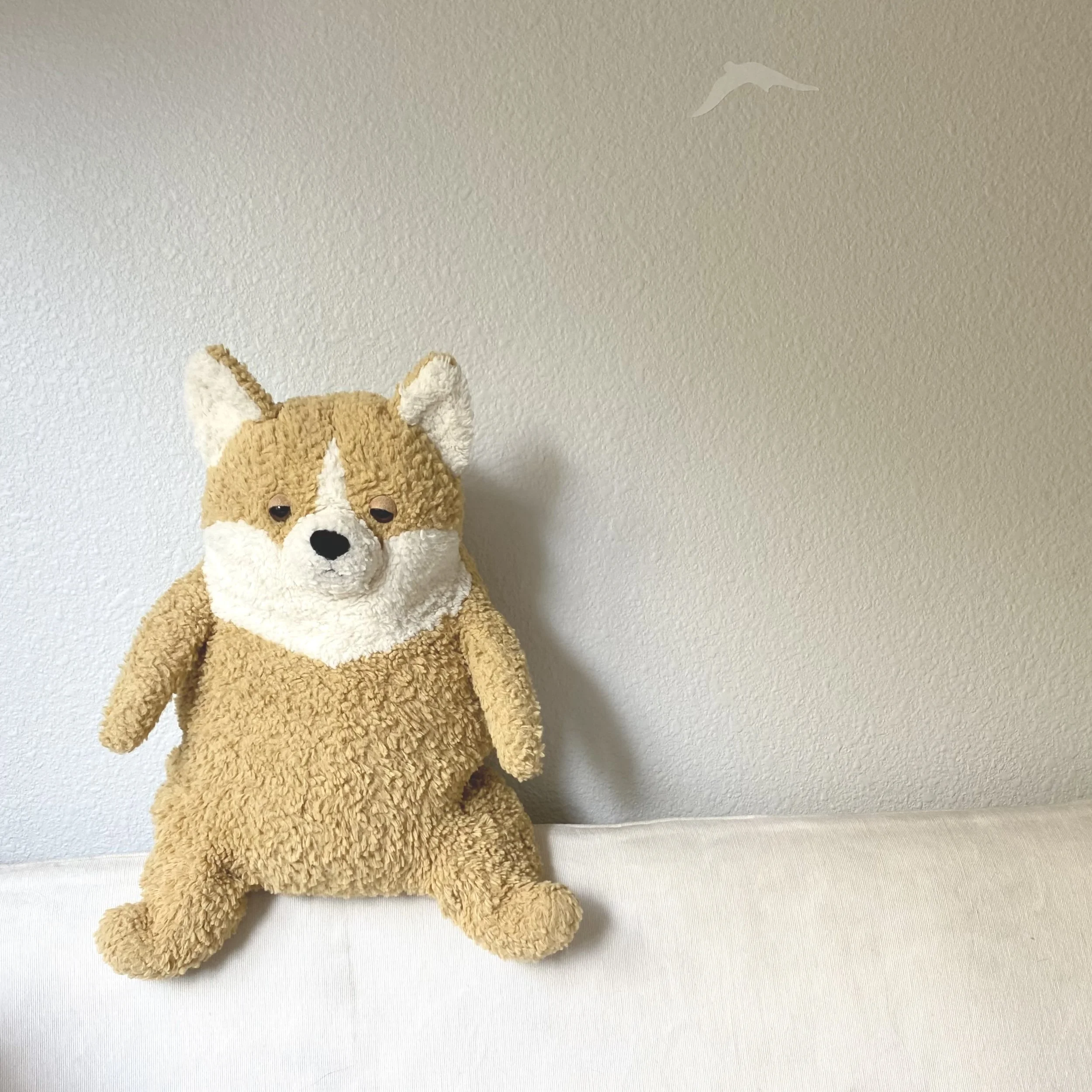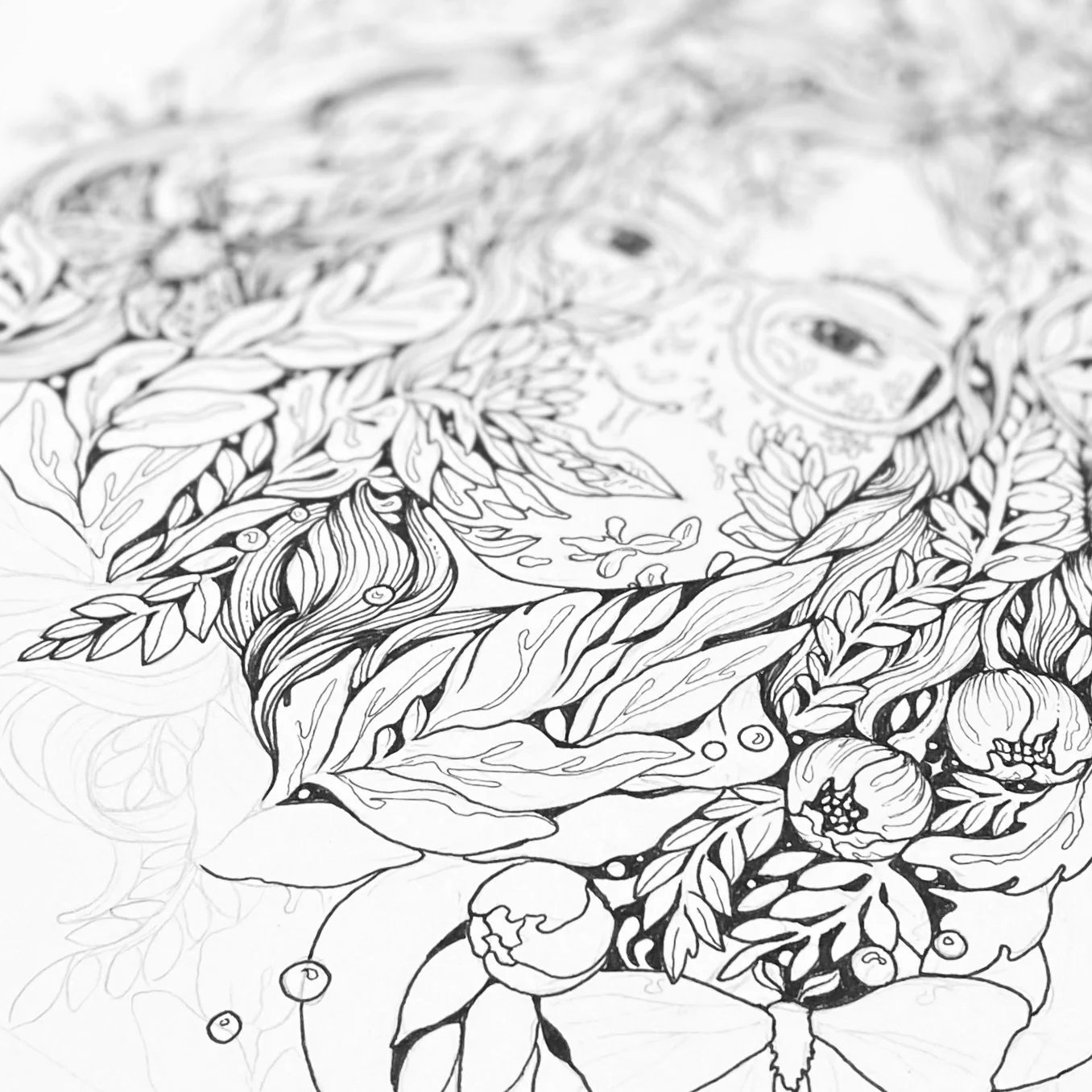Tale of a Drug
Is there any thing we could do to make you feel better? Or about your kimo? … If you feel like we don’t love you as much without a breast, or something else, we love you the way you are! Keep your head up, (if you can), and maybe ask god for help. Love ya!
– note from one of the kids
Update: next Monday, I will be sedated for placement of a port catheter, a small plastic device with an access area on its surface that is connected to a tube running through a major neck or chest vein straight to the heart. The entire thing sits under the skin, making it worse for access (have to pierce skin) but safer for outpatients (less risk of infection). Ports provide reliable venous access and can stay in for years. Two days after port placement, I will receive my first infusion.
Infusions are whole-day affairs, beginning with drawing blood from the port and waiting for test results, then seeing an oncologist or their nurse practitioner to approve the infusion, and finally the infusion itself, which takes anywhere from one to several hours and involves a pre-infusion of steroids and antihistamines prior to chemotherapy. Bottom-line: the body hates this stuff, so before it goes in, you have to make sure you haven’t wrecked it too much from last time (check blood cell counts, liver enzymes, and in my case, the occasional echocardiogram) and paralyze its ability to resist it this time (steroids and antihistamines).
I’ll be receiving a targeted chemotherapy called ado-trastuzumab emtansine, T-DM1, or Kadcyla—and yes, it’s crazy how different those names are (chemical compound, undecipherable abbreviation, or … trendy new baby name?). Chemotherapy generally works by disrupting a cell’s ability to replicate, thus tanking tumors (which grow more quickly than usual) but also all other quickly-growing cells in the body (hair, nails, mucosal linings). Immunotherapy works by using antibodies to selectively flag tumor cells, which your own immune system can then destroy. A major game-changer happened when we discovered that aggressive breast cancers (like mine) had a particular growth factor receptor on their surfaces (HER2) which antibodies (most commonly Herceptin, or trastuzumab) can selectively target.
Traditionally, cancers like mine were treated with the same regimen, regardless of stage: infusing a chemotherapy agent which disrupts cell division by preventing assembly of microtubules (if, like me, the last time you read about mitosis was in a scene from Twilight, this may not mean much) for a few months and concurrently infusing a HER2-antibody for one year. Chemotherapy and immunotherapy together were better than either alone.
T-DM1 was invented when someone took chemo molecule DM1 (a microtubule inhibitor) and attached it to the HER2-antibody trastuzumab (thus T-DM1), creating the first targeted chemotherapy for breast cancer. I explained it to the kids like this: my chemo is a key attached to a bomb. The key only unlocks the doors of my cancer cells, leaving other cells mostly alone. Once the door is open, the bomb goes inside and explodes, killing the cancer.
As one can imagine, T-DM1 has fewer side effects than traditional chemotherapy (I’m tempted to call it “chemo-lite,” though we’ll see if that’s true): it messes up your liver function and blood counts, causes fatigue and nausea, but your hair doesn’t fall out. The risk of losing feeling in your extremities is present but lower (I’ll be wearing cold mittens and booties during infusions to decrease blood flow to those areas).
T-DM1 has been tried so far for earlier-stage breast cancers, where it’s been shown to be effective. I’ll be treated with a regimen developed for a recent study: T-DM1 alone every three weeks six times, then Herceptin alone every three weeks for the rest of the year. And it all starts next Wednesday.
Last weekend, I was sitting in a corner of our couch, my favorite corner, the one by windows stretching so high that if I squint and look up at just the right angle, I can pretend our house is floating in a forest of redwood trees. Cancer feels at times like a never-ending series of peaks and troughs, and while the lows are hard, the moments when you feel good—when the pain no longer distracts you, when you’re restored to a level of energy, interest and appetite which makes you feel nearly yourself again—those moments are almost just as hard to bear. Life feels too full, too bright, like it’s bursting at the seams with a joy too keen, because it’s held so close to sorrow.
That moment on the couch felt like that: the kids scootering outside in the yard as the dog ran about, my favorite blanket around my shoulders, a steaming cup of tea in my hands, the sunlight streaming down on my face. I don’t know how I’m going to feel next week. I don’t know how I’m going to feel for the next year. But I know enough to enjoy this moment, sitting port-free in the sun.






